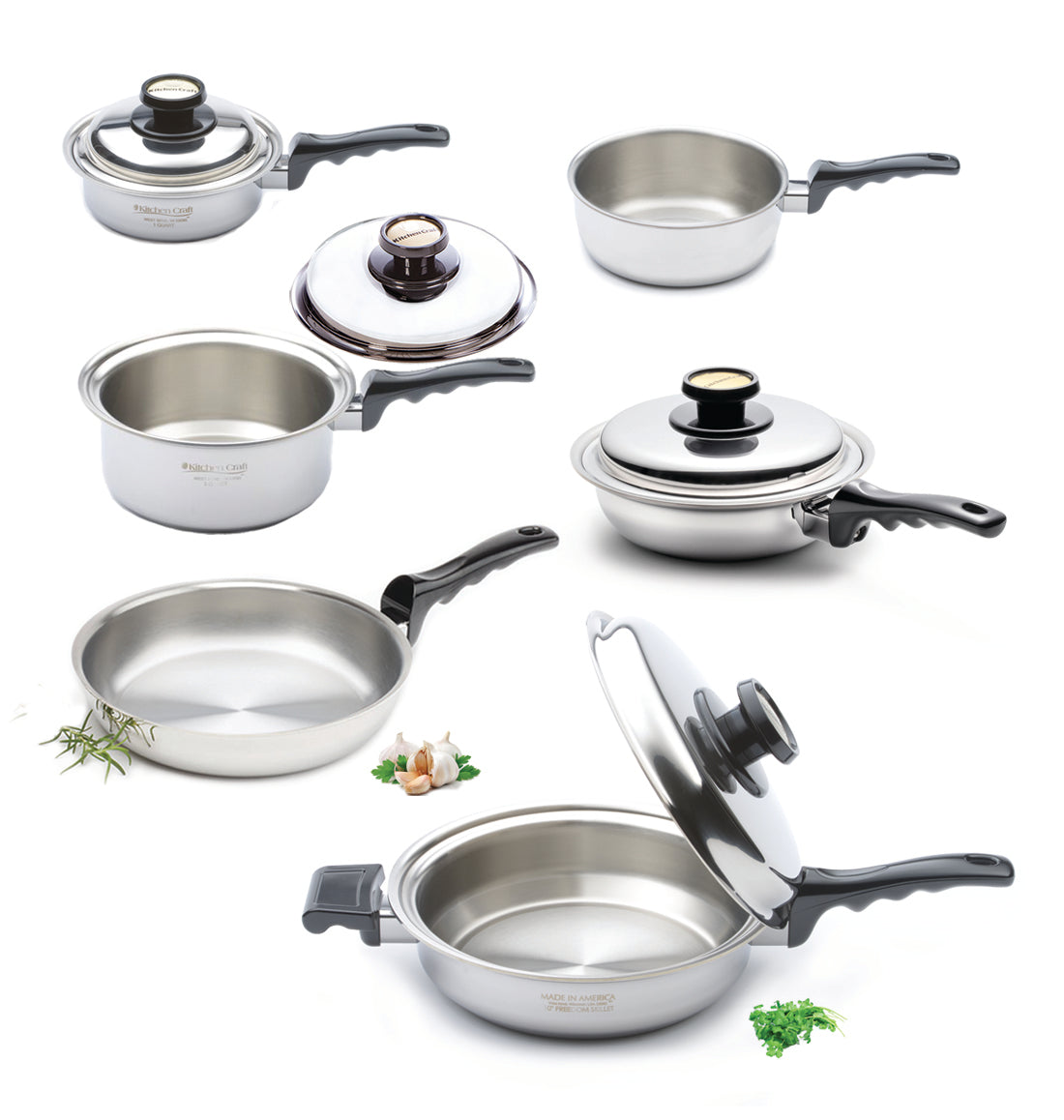dgfoster
Diamond
- Joined
- Jun 14, 2008
- Location
- Bellingham, WA
I am thinking of making a small part from a pourable two-part plastic. To my untrained mind epoxy seems like a good possible choice. Adding a glass or carbon fiber filler might be included. Though I have used quite a bit of common 1:5 epoxies like West System's excellent product, I have not explored epoxies that would tolerate high temperatures. My initial investigation suggests that there may be epoxies that remain stiff into the 500 or 600 F range and maybe higher, I have no experience with them. A product with strength similar to Delrin (acetal) would be adequate. Has anyone here used high temperature pourable epoxies. What brand might you recommend? Are there hidden caveats?
I'd rather not give a full description of the part but what I have in mind would weigh only 5 grams or so and would be 2.5 inches in length, an inch high, and .25" thick with various features molded in. I would be thinking of low volumes---like batches of 20 to 50 and I would like to mold them in silicone or urethane molds. Injection molding parts like this or die casting them in aluminum would be obvious choices for high volumes. But this is a niche product.
Product recommendations and experience-based suggestions would be much appreciated.
Denis
I'd rather not give a full description of the part but what I have in mind would weigh only 5 grams or so and would be 2.5 inches in length, an inch high, and .25" thick with various features molded in. I would be thinking of low volumes---like batches of 20 to 50 and I would like to mold them in silicone or urethane molds. Injection molding parts like this or die casting them in aluminum would be obvious choices for high volumes. But this is a niche product.
Product recommendations and experience-based suggestions would be much appreciated.
Denis




